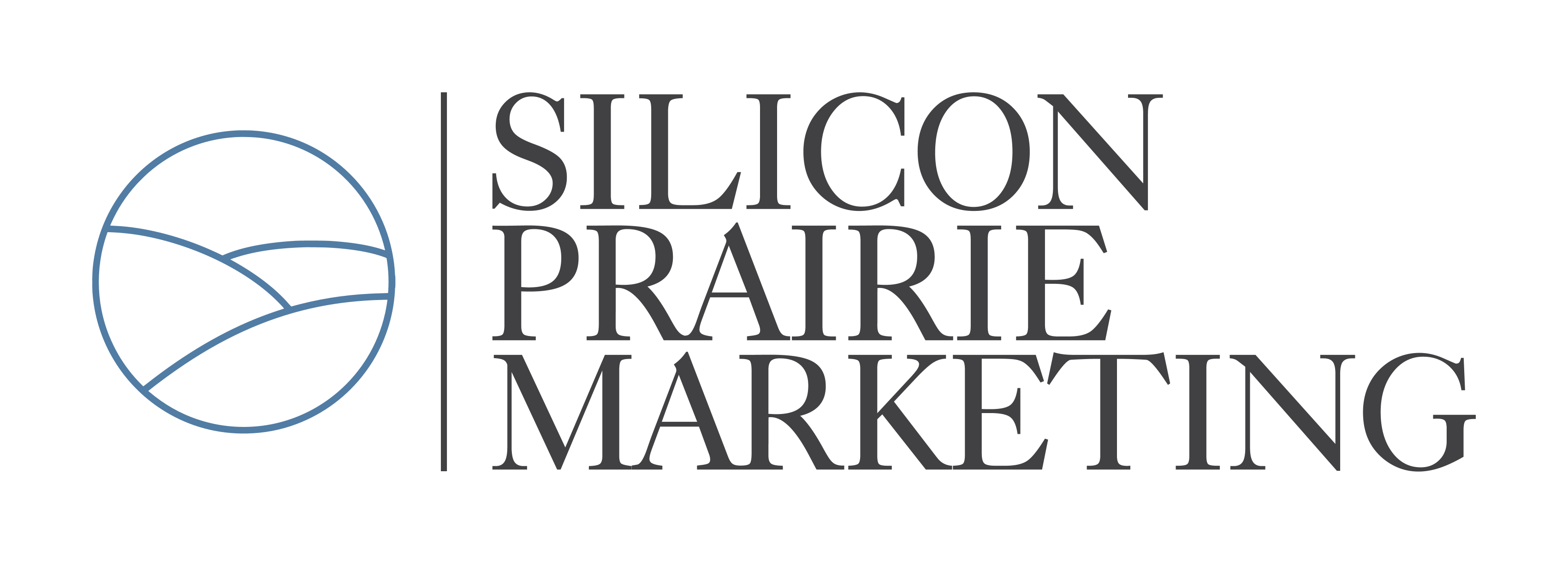SEO for Blogging: How to Optimize Your Blog for Search Engines
Blogging has become a powerful tool for businesses and individuals to share their thoughts and experiences with the world. However, with so many blogs out there, it’s important to make sure that your blog is easily discoverable by your target audience. Search engine optimization (SEO) is the process of optimizing your blog to rank higher in search engine results pages (SERPs) for relevant keywords and phrases. This guide will help you understand how to optimize your blog for search engines.
- Keyword Research: The first step in optimizing your blog for search engines is to research the keywords and phrases that your target audience is searching for. You can use keyword research tools like Google Keyword Planner or SEMrush to determine the best keywords to target. Once you have your keywords, you can use them throughout your blog post to signal to search engines what your content is about.
- On-Page Optimization: This refers to the elements on your blog that you can control to improve your SEO. This includes the title tag, meta description, header tags (H1, H2, etc.), and internal links.
- Title Tag: The title tag is the text that appears in the search engine results pages (SERPs) as the title of your blog post. It should accurately reflect the content of your post and include your target keywords.
- Meta Description: The meta description is the brief summary of your blog post that appears in the SERPs. It should also include your target keywords and entice users to click through to your blog.
- Header tags: Header tags (H1, H2, etc.) help to structure your content and make it easier for search engines to understand the hierarchy of your information. Make sure to use header tags appropriately and include your target keywords in your H1 and H2 tags.
- Internal Links: Internal links are links that point to other pages or posts on your blog. They help to distribute link equity and make it easier for search engines to crawl your site.
Content Creation: Quality content is crucial for both user engagement and search engine optimization. When creating content, make sure that it is informative, engaging, and valuable to your target audience. Additionally, aim for at least 300 words of content for each blog post, and include your target keywords throughout the post.
Backlinks: These are links from other websites that point to your blog. They are an important factor in determining the authority and relevance of your site in the eyes of search engines. To improve your backlink profile, reach out to other bloggers and websites in your niche to see if they would be interested in linking to your content.
Technical SEO: This refers to the elements of your blog that you can’t see but that search engines use to crawl and index your site. Some important technical SEO considerations include:
- Mobile-Friendliness: With the rise of mobile devices, it’s important to make sure that your blog is mobile-friendly and easy to navigate on smaller screens.
- Site Speed: Site speed is a factor in search engine ranking, so it’s important to make sure that your blog loads quickly for users.
- XML Sitemap: An XML sitemap is a file that lists all of the pages on your blog and helps search engines to crawl your site more effectively.
In conclusion, optimizing your blog for search engines requires a combination of keyword research, on-page optimization, quality content creation, backlinks, and technical SEO. By following these best practices, you can improve your blog’s
